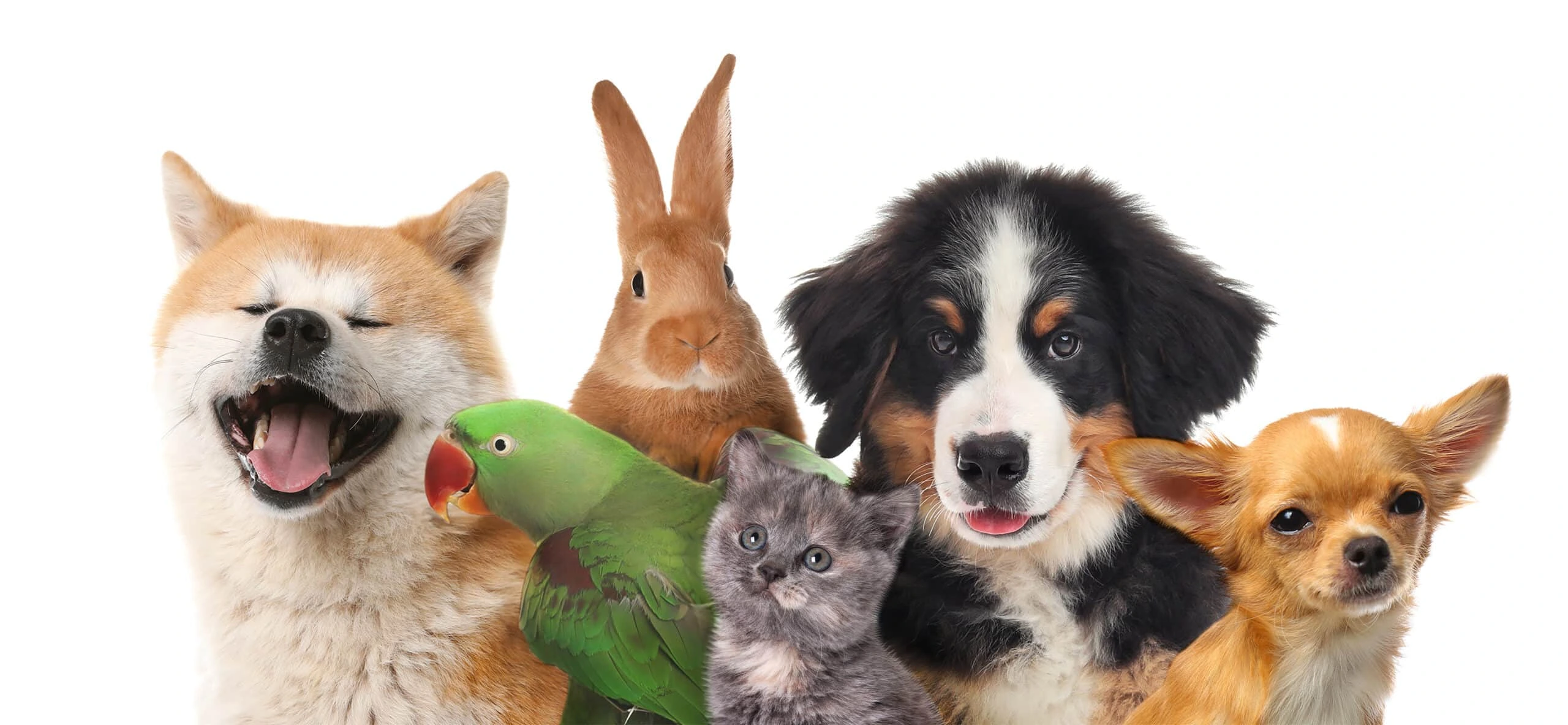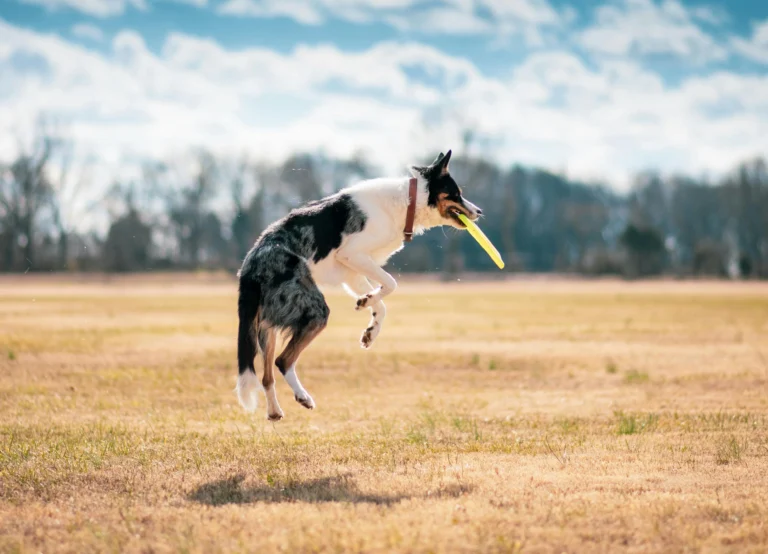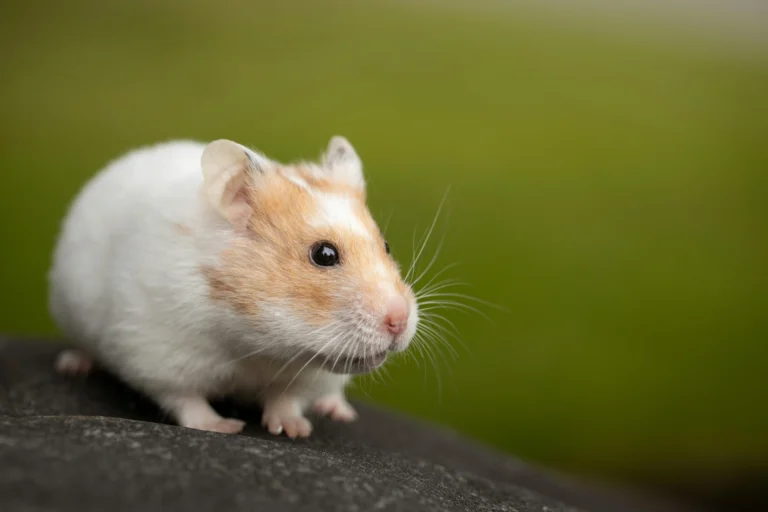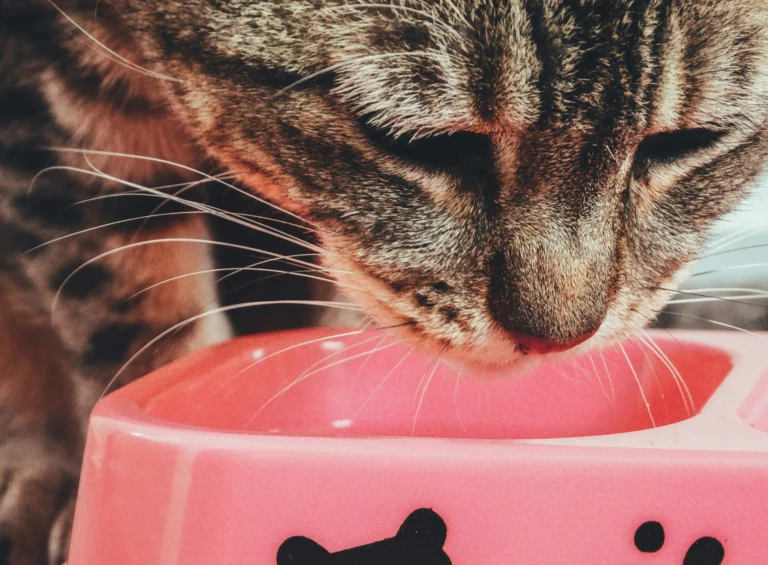Senior Pet Care
Introduction
As our pets age, their needs change, much like our own. The puppy that once raced across the yard or the kitten that leaped effortlessly onto the windowsill may now move more slowly, sleep a little longer, and need more support to stay healthy and comfortable. This stage of life calls for a shift in how we care for our beloved companions, ushering in the importance of thoughtful, compassionate senior pet care.
Understanding how to care for senior pets is more than just adjusting food or adding an extra vet visit; it’s about recognizing the subtle changes in behavior, mobility, and health that signal aging. Whether you’re caring for a dog with stiff joints, a cat that’s showing signs of cognitive decline, or even a senior rabbit or bird that needs extra warmth and attention, knowing what to look for and how to respond is essential to ensuring they age gracefully and comfortably.
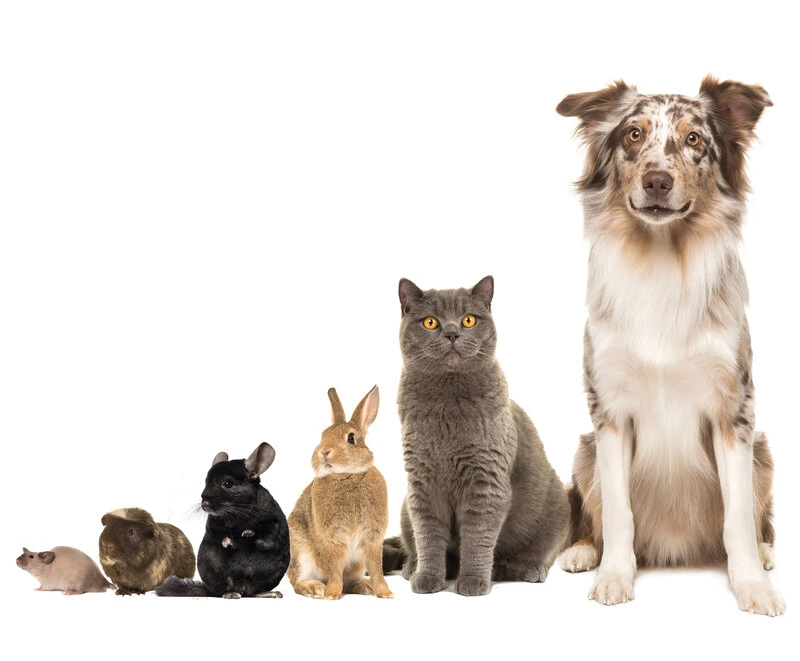
This guide will walk you through practical, veterinarian-recommended tips you can apply right at home. From tailored diets to mobility aids and mental stimulation, each step plays a vital role in improving your pet’s quality of life. You’ll also learn how to adapt your daily routine to meet their changing needs without overwhelming yourself.
By the end of this article, you’ll feel more confident in your ability to provide outstanding senior pet care and understand what it truly means to support your furry friend through their golden years.
Regular Vet Visits: The Foundation of Senior Pet Health
As pets age, their bodies become more vulnerable to illness and chronic conditions, which makes regular veterinary care more important than ever. A key part of effective senior pet care is scheduling consistent checkups to monitor your pet’s changing health needs and address potential issues before they become serious problems.
Understanding the Importance of Routine Checkups
Older pets greatly benefit from visiting the veterinarian at least twice a year. Unlike younger animals, older pets may not show obvious signs when something is wrong. Regular visits give your veterinarian a chance to track subtle changes in weight, mobility, behavior, and organ function over time.
Early detection of issues like arthritis, kidney decline, or dental disease can lead to more manageable treatment options and a better quality of life for your pet. Preventive care during these visits might include lab tests, nutritional advice, and updated exercise plans.
Personalized Care for Aging Pets
Knowing how to care for senior pets means understanding that no two animals age the same way. Your veterinarian can create a personalized care plan based on your pet’s breed, health history, and daily routine. Whether it’s adjusting medication, recommending joint support supplements, or changing their diet, a customized approach is essential.
Regular vet visits are more than just a formality; they’re the backbone of comprehensive senior pet care, helping your companion age with dignity and comfort.
Adjusting Diet to Meet Senior Pet Needs
Aging pets experience a variety of physiological changes that affect their metabolism, digestion, and overall health. That’s why adjusting your pet’s diet is one of the most important steps in effective senior pet care. As your dog, cat, rabbit, or bird enters their golden years, their nutritional needs shift significantly, making it essential to revisit what, how much, and how often they eat.
Why Senior Pets Need a Different Diet
Older animals often become less active, which means they burn fewer calories. Feeding them the same amount or type of food as when they were younger can quickly lead to unwanted weight gain. On the other hand, some senior pets may lose their appetite or develop dental problems that make eating harder, leading to weight loss or nutrient deficiencies.
Tailoring your pet’s diet helps prevent both scenarios. Many high-quality pet food brands now offer formulas specifically designed for seniors. These include added fiber for digestion, lower fat content to avoid obesity, and essential nutrients like glucosamine and omega-3 fatty acids for joint health.
Choosing the Right Food for Your Senior Pet
Learning how to care for senior pets includes knowing what ingredients to look for on food labels. Prioritize whole proteins, such as chicken or fish, and avoid fillers like corn or artificial preservatives. For pets with specific conditions, like kidney disease or arthritis, your vet may recommend prescription diets to better manage symptoms.
Also, consider the food’s form. Some senior pets with dental issues may do better with wet food or soft kibble that’s easier to chew. Introduce new foods slowly to prevent digestive disturbances.
Hydration Is Just as Important
Older pets can be more prone to dehydration. Always provide fresh, clean water, and consider incorporating moisture-rich foods to help keep them hydrated, especially if they’re on dry kibble.
Feeding a balanced, age-appropriate diet is a core component of smart senior pet care. It boosts the immune system, enhances energy levels, and helps your aging pet feel their best each day.
Enhancing Mobility and Comfort for Senior Pets
As pets grow older, they may struggle with everyday movements that were once effortless. Stiff joints, weakened muscles, or age-related conditions can make it difficult for them to walk, jump, or rest comfortably. Providing a mobility-friendly environment is a key part of responsible senior pet care that directly impacts your pet’s overall happiness and well-being.
Simple Home Adjustments for Safer Movement
Aging pets benefit greatly from an environment tailored to their slower pace and physical limitations. If your pet has trouble with stairs, consider using pet ramps or low-rise steps to give them access to favorite spots like the couch or bed. These tools reduce strain on their joints and prevent injuries from jumping or falling.
Slippery floors can also pose a serious risk. Placing carpet runners or non-slip mats in high-traffic areas gives your senior pet better traction. For smaller pets like senior cats or rabbits, consider rearranging furniture to allow easier access to food, water, and litter areas without the need to jump or climb.
A soft, supportive resting space is just as important. Orthopedic pet beds cushion achy joints and help your pet get restful sleep. This is especially vital during colder months when stiffness and arthritis symptoms can worsen.
Gentle Movement Promotes Health
One of the most overlooked aspects of how to care for senior pets is encouraging gentle, consistent activity. Light walks, slow play sessions, or short indoor explorations help keep their joints flexible and minds engaged. Avoid overly strenuous activity, but don’t eliminate movement altogether. Staying active, even in moderation, can slow physical decline.
Caring for a senior pet means watching for subtle changes in how they move and rest. With a few thoughtful adjustments at home, you can make daily life easier, safer, and more enjoyable, just one of the many ways to practice compassionate senior pet care.
Keeping Your Senior Pet Mentally Sharp
As pets age, just like humans, their mental acuity can decline. Cognitive changes such as confusion, anxiety, or decreased responsiveness are common in older animals. One vital aspect of senior pet care is supporting your pet’s brain health to help maintain their quality of life. Knowing how to care for senior pets mentally is just as important as addressing their physical needs.
Recognizing Cognitive Changes in Senior Pets
It boosts the immune system, enhances energy levels, and helps your aging pet feel their best each day, similar to dementia in humans. Symptoms include disorientation, altered sleep patterns, decreased interest in play, and increased vocalization. Observing these changes early allows you to seek veterinary advice and implement strategies that can slow progression.
Activities to Stimulate Your Pet’s Mind
Engaging your senior pet in mentally stimulating activities can make a significant difference. Puzzle toys, treat-dispensing games, and gentle training sessions provide the mental challenge they need. These activities promote brain activity and help reduce anxiety or boredom, which are common in older pets.
Interactive playtime also strengthens your bond and reassures your pet that they are still active and loved. Even simple scent games, like hiding treats around the house, can encourage their natural instincts and mental alertness.
Creating a Calm and Consistent Routine
Many senior pets thrive on predictability. Maintaining a consistent daily routine helps reduce stress and confusion. Regular feeding times, walks, and quiet resting periods create a sense of security and stability.
Understanding how to care for senior pets means addressing both body and mind. Providing mental stimulation alongside physical care ensures your senior companion stays happy, engaged, and comfortable as they age.

Monitoring Behavior and Managing Age-Related Health Issues
Noticing the small changes in your pet’s behavior plays a key role in providing effective care for senior pets. senior pets. Aging animals often communicate discomfort, illness, or emotional changes through small behavioral cues. By observing these signs closely, you can take early steps to manage age-related health problems and improve your pet’s overall well-being.
Identifying Unusual Behavior Patterns
Older pets may begin to act differently as they deal with physical or cognitive changes. You might notice your dog becoming more withdrawn, your cat hiding more often, or your rabbit refusing favorite treats. These shifts, although seemingly minor, can be signs of pain, sensory decline, or anxiety.
Another common issue is increased irritability. A pet that once loved being handled might now shy away or growl when touched, especially around sore joints or tender areas. Some may also exhibit house-soiling accidents due to bladder control issues or cognitive confusion.
Recognizing these patterns early is essential in learning how to care for senior pets effectively. Don’t dismiss unusual behavior as “just old age.” It could be your pet’s way of asking for help.
Managing Chronic Conditions with Ongoing Care
Common age-related health issues in pets include arthritis, dental disease, kidney problems, and vision or hearing loss. Each condition requires different levels of care and monitoring.
Working closely with your veterinarian is essential for creating an effective long-term management plan. This may include medications, dietary adjustments, mobility aids, or more frequent checkups.
Also, be prepared to adapt your care as your pet’s needs evolve. What works today may need adjusting in a few months. Being observant and flexible enables you to respond with empathy and efficiency.
Monitoring behavior and addressing health challenges early is central to senior pet care. With patience and proactive attention, you can ease your pet through the changes of aging and help them enjoy a peaceful, healthy life.
Fresh and Comfortable: Grooming and Hygiene Advice for Senior Pets
Aging pets face new challenges with cleanliness, and they often rely on us more than ever for help. As part of consistent senior pet care, a thoughtful grooming routine helps prevent discomfort and keeps your furry companion feeling fresh and healthy. If you want to learn how to care for senior pets effectively, grooming should be high on your list.
Why Grooming Becomes More Important with Age
You might notice your pet grooming less often or skipping certain areas entirely. Self-grooming can become challenging due to stiff joints, reduced mobility, or dental pain. This can lead to their coat becoming greasy, tangled, or covered in loose fur. If left unattended, these issues can lead to skin irritation or even infections.
Helping your senior pet stay groomed is about more than appearance it directly affects their health. Consistent brushing removes loose hair and stimulates circulation, potentially easing mild stiffness and improving the condition of the coat.
Senior-Friendly Grooming Tips
When it comes to how to care for senior pets, always adapt grooming techniques to suit their comfort. Choose soft brushes that move smoothly through the fur, and plan grooming sessions when your pet is calm, typically after a walk or meal.
For baths, avoid harsh shampoos. Instead, choose a mild, pH-balanced formula made for older animals. Don’t over-bathe, as frequent washing can dry out their skin. Once a month is typically enough unless your vet advises otherwise.
Be sure to monitor hygiene beyond the fur. Trim nails carefully to prevent joint strain, clean ears gently to reduce the risk of infections, and brush teeth frequently to support long-term health.
Maintaining hygiene is a simple yet powerful part of senior pet care. With a little patience and the right tools, you can help your aging companion stay clean, feel good, and enjoy their golden years with dignity and comfort.
Emotional Support and Companionship for Senior Pets
Emotional health is just as important as physical health in senior pet care. As pets grow older, they may experience changes in behavior, mood, and attachment. Learning how to care for senior pets involves paying close attention to their emotional needs and creating a secure, loving environment.
Understanding Emotional Changes in Older Pets
Older pets often become more attached to their owners, especially as their hearing or vision declines. They may feel vulnerable and anxious when left alone for too long. You might notice your dog following you from room to room or your cat seeking more physical closeness. These behaviors are signs that your pet needs more emotional support as they age.
Some senior pets can also develop signs of cognitive decline, which may appear as confusion, pacing, or restlessness at night. Providing a stable routine, familiar surroundings, and lots of gentle reassurance can help them feel more at ease.
How to Provide Emotional Support Daily
One of the simplest ways to provide emotional comfort is to spend quality time with your pet each day. Soft petting, gentle words, and just sitting beside them can go a long way. This type of interaction reinforces the bond you’ve built over the years and makes your pet feel secure.
Incorporate calm activities like slow walks, light play, or puzzle toys tailored for older pets. These stimulate their minds while keeping them engaged without overwhelming them. This balance is essential in effective senior pet care.
If your pet appears withdrawn or depressed, seek advice from your veterinarian. Sometimes emotional changes are linked to health issues, and identifying them early is a key part of knowing how to care for senior pets properly.
Aging doesn’t mean your pet’s life is less joyful. By offering consistent love and companionship, you’re supporting their emotional well-being and honoring the loyalty they’ve shown you over the years.
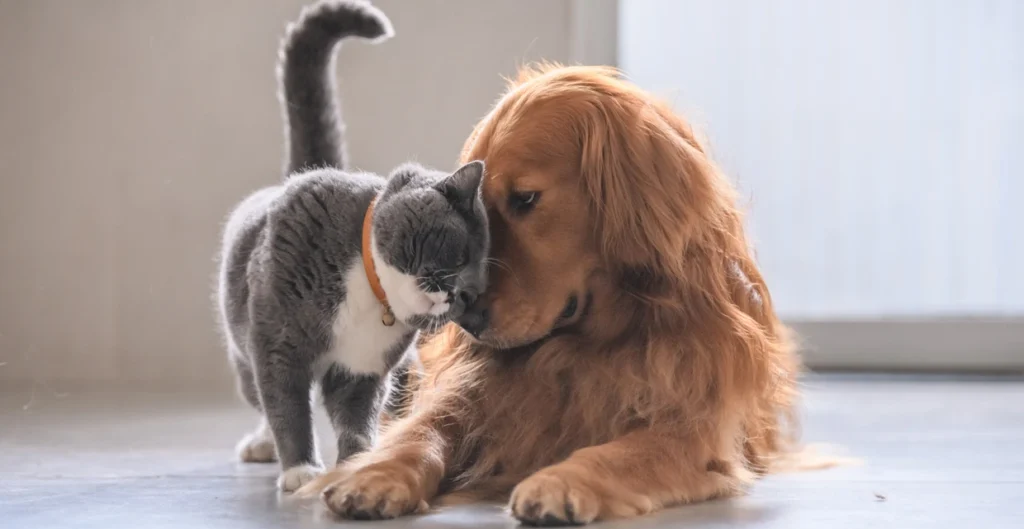
Nutrition and Diet Tips for Senior Pets
As pets grow older, their dietary needs shift in ways that demand careful attention. Nutrition becomes a cornerstone of proper senior pet care, influencing everything from energy levels to disease prevention. Understanding how to care for senior pets begins with providing meals that match their changing metabolism and health requirements.
Recognizing Shifting Nutritional Needs
Older pets are less active, meaning they burn fewer calories than they did in their youth. Continuing to feed them the same portions or formulas as before can lead to weight gain, which may worsen arthritis, heart disease, or diabetes. A good starting point in senior pet care is switching to age-specific food, often labeled as “senior” or “mature” formulas.
These specialized diets are designed to reduce calorie intake while boosting essential nutrients. Look for formulas with high-quality protein, antioxidants, omega-3 fatty acids, and joint-supporting compounds like glucosamine and chondroitin.
Making Mealtimes Comfortable and Consistent
Senior pets can also struggle with appetite or chewing. If your pet has dental problems or is simply disinterested in dry kibble, consider softening it with warm water or offering wet food options. Easy-to-digest ingredients are crucial for older digestive systems.
Consistency is also key. Establish regular mealtimes and avoid frequent changes in their diet, which could upset their stomach. Clean, fresh water should always be available to prevent dehydration, an issue commonly overlooked in older pets.
Treats are fine in moderation, but they shouldn’t replace nutrient-rich meals. Choose low-calorie, vet-approved options if you want to reward your furry companion.
Knowing how to care for senior pets includes staying alert to subtle changes in eating habits. A decreased appetite, sudden weight loss, or increased thirst could signal health concerns that deserve professional attention.
With mindful dietary adjustments and a bit of patience, senior pet care through nutrition can add vibrance and vitality to your pet’s later years.
Exercise and Mobility Support for Senior Pets
Maintaining mobility is a crucial part of providing effective care for senior pets. As pets age, they often experience joint stiffness, muscle loss, and reduced stamina. Understanding how to care for senior pets includes tailoring their physical activity to suit their changing needs, ensuring they remain active, comfortable, and mentally stimulated.
The Importance of Exercise in Caring for Senior Pets
Exercise for older pets doesn’t need to be intense. In fact, low-impact movement is far more beneficial than overly strenuous activities. Daily walks, gentle playtime, or short training sessions can help maintain muscle tone, support joint flexibility, and even aid digestion.
Regular movement also prevents obesity, which is a common issue among senior animals. Pets carrying excess weight are at higher risk for joint issues, heart disease, and a diminished quality of life. By incorporating moderate physical activity, you’re addressing a key part of how to care for senior pets proactively.
Adapting Activities for Aging Pets
Adjusting activities to match your pet’s physical capabilities is essential. For senior dogs, shorter walks on soft surfaces are ideal. Steer clear of steep slopes or rough terrain that could put extra strain on your pet. If your pet enjoys water, swimming is a great low-impact exercise that’s gentle on the joints and promotes overall mobility.
Cats may benefit from interactive toys, food puzzles, or simple climbing structures with low platforms. Keep a close eye on your pet during playtime to make sure they’re not pushing themselves too hard.
Investing in orthopedic bedding, pet-friendly ramps, or non-slip mats throughout your home can also improve mobility and safety. These adjustments show you truly understand how to care for senior pets and are actively supporting their independence.
Remember to schedule regular check-ins with your veterinarian. They can guide you on the right type and duration of activity based on your pet’s specific health condition, ensuring your senior pet care routine is both safe and effective.
With consistent, age-appropriate movement, you can help your older companion stay mobile, happy, and pain-free well into their golden years.
Routine Vet Visits and Preventive Health Care
One of the most overlooked aspects of senior pet care is the importance of consistent veterinary checkups. As pets age, their risk for chronic illnesses, such as kidney disease, arthritis, or dental issues, significantly increases. Regular vet visits become crucial in detecting early signs of these conditions and managing them before they become severe.
Why Preventive Care Is Vital in Senior Pet Care
When pets reach their senior years, they may not show clear signs of discomfort or illness until the issue has progressed. Routine exams are typically recommended every six months for older pets, allowing your veterinarian to assess weight, heart function, organ health, and mobility. Blood tests, urine analysis, and dental exams are especially important in catching silent problems early.
By incorporating routine vet visits into your senior pet care plan, you give your pet the best chance at a longer, healthier life. Preventive care also makes managing age-related conditions more affordable and less stressful over time.
What to Expect During Senior Pet Checkups
During a typical senior pet exam, your vet may perform diagnostic screenings to monitor for common age-related issues. This includes checking for arthritis, vision or hearing loss, thyroid imbalances, and early signs of cancer. Discuss any behavioral changes or new symptoms with your vet, even if they seem minor, small signs can indicate larger health concerns.
Vaccinations, parasite prevention, and dental cleanings also remain essential in senior pet care. Although your pet is aging, these preventive steps still protect them from unnecessary pain and illness.
Creating a partnership with your veterinarian is key to effective senior pet care. Their guidance ensures that your pet’s health is being actively monitored and adjusted as needed with age-appropriate treatment plans.
Incorporating regular vet visits into your routine not only maintains your pet’s health but also strengthens your commitment to providing compassionate, informed care in their later years.
Conclusion: Honoring the Aging Journey Through Senior Pet Care
As pets enter their senior years, their needs shift in ways that call for deeper understanding, patience, and compassion. Practicing consistent and thoughtful senior pet care is not just a responsibility, it’s a meaningful way to give back to the loyal companions who have brought joy and comfort throughout their lives.
Senior pets often face physical limitations, emotional changes, and health challenges that younger animals don’t experience. This stage of life demands a different level of attention, where the focus is on comfort, stability, and connection. Adjusting routines, creating a supportive environment, and maintaining regular veterinary care are all essential elements of proper senior pet care.
What makes this journey so special is the bond you reinforce every day. The trust that has grown over years of companionship becomes even more profound as you support your pet through aging. Whether it’s offering a softer place to sleep, monitoring their health more closely, or simply sitting quietly with them, these acts reflect your love and commitment.
Caring for an older pet isn’t always easy, but it’s one of the most rewarding experiences a pet owner can have. When you embrace the principles of senior pet care, you offer your furry friend the dignity and comfort they deserve during their final chapters. It’s not about doing everything perfectly, it’s about being present, being gentle, and making every moment count.
In the end, senior pets teach us the beauty of slowing down, appreciating the small things, and loving without condition.
Frequently Asked Questions (FAQs)
1. What makes senior pet care different from caring for younger animals?
Senior pet care focuses on the specific needs that arise with age, such as reduced mobility, chronic health conditions, and cognitive changes. While younger pets are more active and resilient, older pets benefit from slower routines, specialized diets, and environments tailored for comfort and safety.
2. What are some early signs my pet may need senior pet care?
Changes in appetite, sleep patterns, mood, or mobility can be early indicators that your pet needs senior pet care. Slower movements, stiffness after rest, or increased anxiety may also signal the need to adjust their care routine to suit their age-related challenges.
3. Do all older pets require medication as part of senior pet care?
Not all senior pets need medication, but many do benefit from supplements or prescriptions for arthritis, heart issues, or other chronic conditions. It’s important to work closely with your veterinarian to determine what treatments, if any, are appropriate for your pet’s stage of life.
4. How can I mentally stimulate my senior pet at home?
Providing mental stimulation is an important aspect of caring for senior pets. Try puzzle toys, short training sessions, and new but gentle sensory experiences. Even slow walks with fresh smells or calmly rotating toys can help keep your pet mentally engaged without overwhelming them.
5. Is it ever too late to start senior pet care routines?
It’s always a good time to begin providing improved care for senior pets. Even small changes like switching to a softer bed or incorporating low-impact play can greatly enhance your older pet’s comfort and quality of life, no matter their age or health condition.

